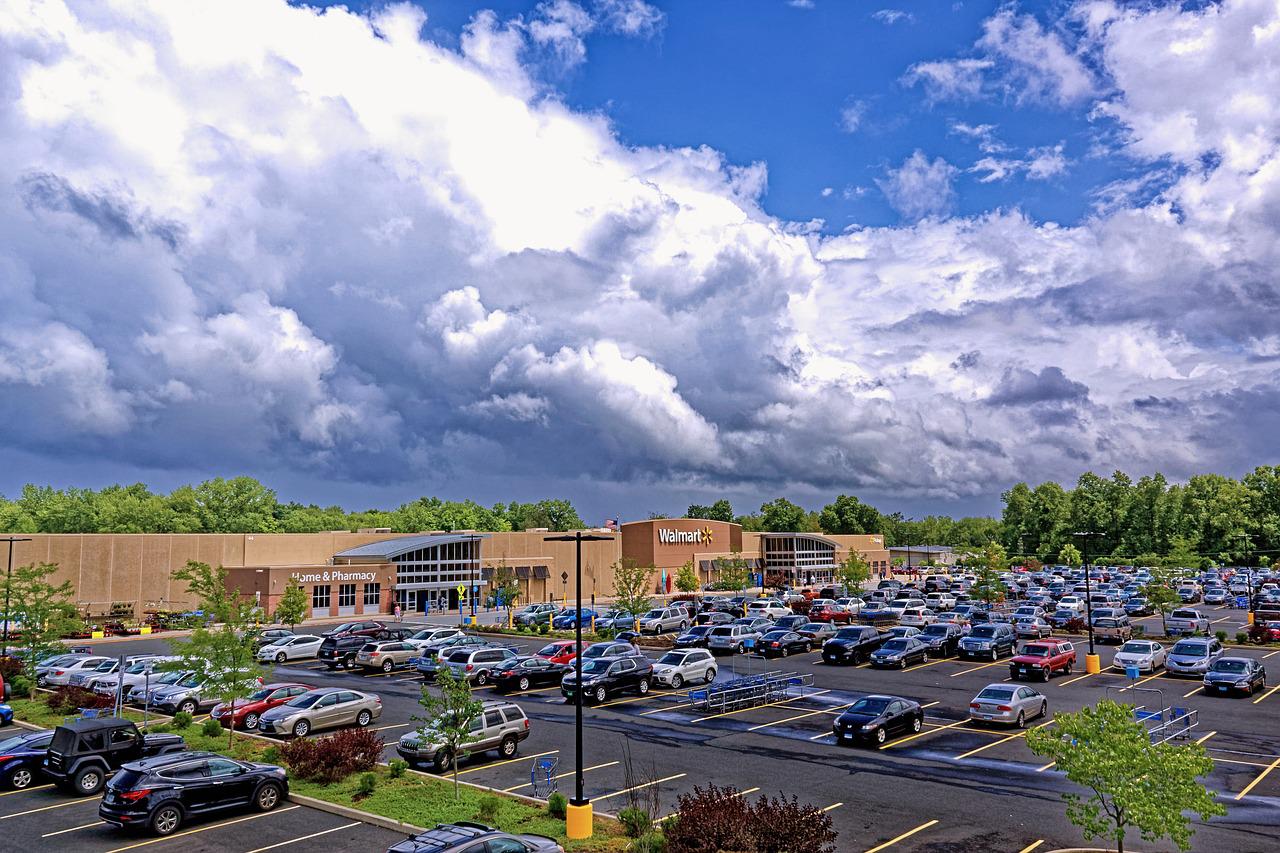Like a championship racehorse being put out to pasture to enjoy life a little an old MRI machine is being prepared to answer some of the most profound questions about the universe.
TransHELIOS Project
In a project known as “TransHELIOS” Daresbury Laboratory in Cheshire, UK, is re-purposing a famous MRI machine, originally manufactured by Siemens Healthcare, to study atoms believed to be found in exploding supernova stars. Scientists are interested in answering questions such as: “where do the elements come from and why are some elements more common than others?”
Traditional Use of an MRI Machine
Nobel Prize Winning MRI Machine
The MRI machine in question was built in 1991 and has a 13 ton magnet. Its magnetic field is 30,000 times stronger than that of the earth, and was the first superconducting MRI magnet to be used in diagnostic medical imaging. Peter Mansfield conducted groundbreaking research using this MRI machine winning him a Nobel prize in 2003.
According to Professor John Simpson, Head of UK’s Science and Technology Facilities Council’s (STFC) Nuclear Physics Group:
“The exciting experiments planned with this magnet will open doors for studying the most elusive elements at the furthest corners of the nuclear landscape and enable us to put to the test the theories of how elements are created when a star explodes. At an original construction cost of £452,000, this impressive magnet’s conversion from being used to develop world-changing MRI in hospitals, then back to nuclear physics for fundamental research, makes it a highly cost effective but invaluable piece of equipment.”
Researchers at Dearsbury laboratory believe that by 2014 the magnet could become part of a nuclear research facility like HIE-ISOLDE or CERN.
How the Experiment Will Proceed
Experiments with the machine will use radioactive beams and particles to produce the rarest and heaviest elements known to exist. Powerful detectors will be used to analyze the byproducts of the reactions produced by the beams. These reactions are transferred to detectors using the MRIs extremely strong magnetic field.





